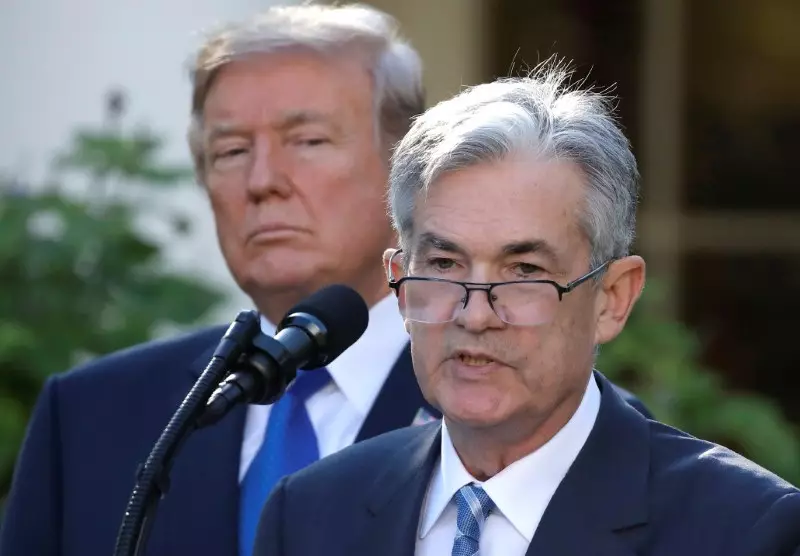Donald Trump has expressed a keen interest in exerting influence over the Federal Reserve if he is elected president again. He believes that the president should have a say in the Fed’s decisions, which would mark a significant departure from the institution’s long-standing independence. Trump’s remarks indicate that he is aligned with proposals to involve the White House in interest rate decisions and banking regulations, a move that would establish a direct link between the president and Fed policymaking, a practice not seen since Richard Nixon’s administration.
Trump’s position sharply contradicts that of his rival, Vice President Kamala Harris, who believes in preserving the Fed’s independence from presidential interference. Harris’ stance, as reported by CNBC, underscores the traditional view that the Fed should remain insulated from political pressures to safeguard its credibility and effectiveness in managing the nation’s monetary policy.
The appointment process emerges as a crucial mechanism through which a president like Trump could shape the Federal Reserve to align with his preferences. The nomination of the Fed chair, subject to Senate confirmation, affords the president significant power to install a head of the central bank who is loyal to his agenda. Trump’s history of clashes with Jerome Powell, the current Fed chair, reveals his willingness to challenge the institution’s leadership and push for individuals who prioritize his interests over the Fed’s autonomy.
Established by Congress in 1913, the Federal Reserve System encompasses the Federal Reserve Board, 12 regional Federal Reserve banks, and the Federal Open Market Committee (FOMC). The structure of the Fed, with its board members and regional bank presidents, underscores the decentralized nature of the institution’s decision-making process. Each member’s appointment by the president and confirmation by the Senate underscores the political nature of the Fed’s governance.
The balance of power within the Federal Reserve Board and the regional Fed banks points to a mix of appointees with varying perspectives on the institution’s independence. While Trump-appointed governors like Jerome Powell have engaged in power struggles with the administration, other governors have upheld the tradition of Fed independence, demonstrating the ongoing debate over the central bank’s relationship with the White House.
The staggered term limits for Fed governors and regional bank presidents influence the potential for leadership changes within the Federal Reserve. The upcoming expiration of Powell’s term as chair in 2026 and the subsequent reappointment process open the door for shifts in the Fed’s leadership that could impact the institution’s independence and decision-making.
Overall, Trump’s vocal interest in influencing the Federal Reserve raises questions about the future of the central bank and its ability to operate free from political interference. The contrast between his approach and that of Vice President Harris underscores the broader debate over the role of the Fed in a politically-charged environment. As the next presidential election approaches, the trajectory of the Federal Reserve and its leadership remains a pressing issue with far-reaching implications for the U.S. economy and financial system.

